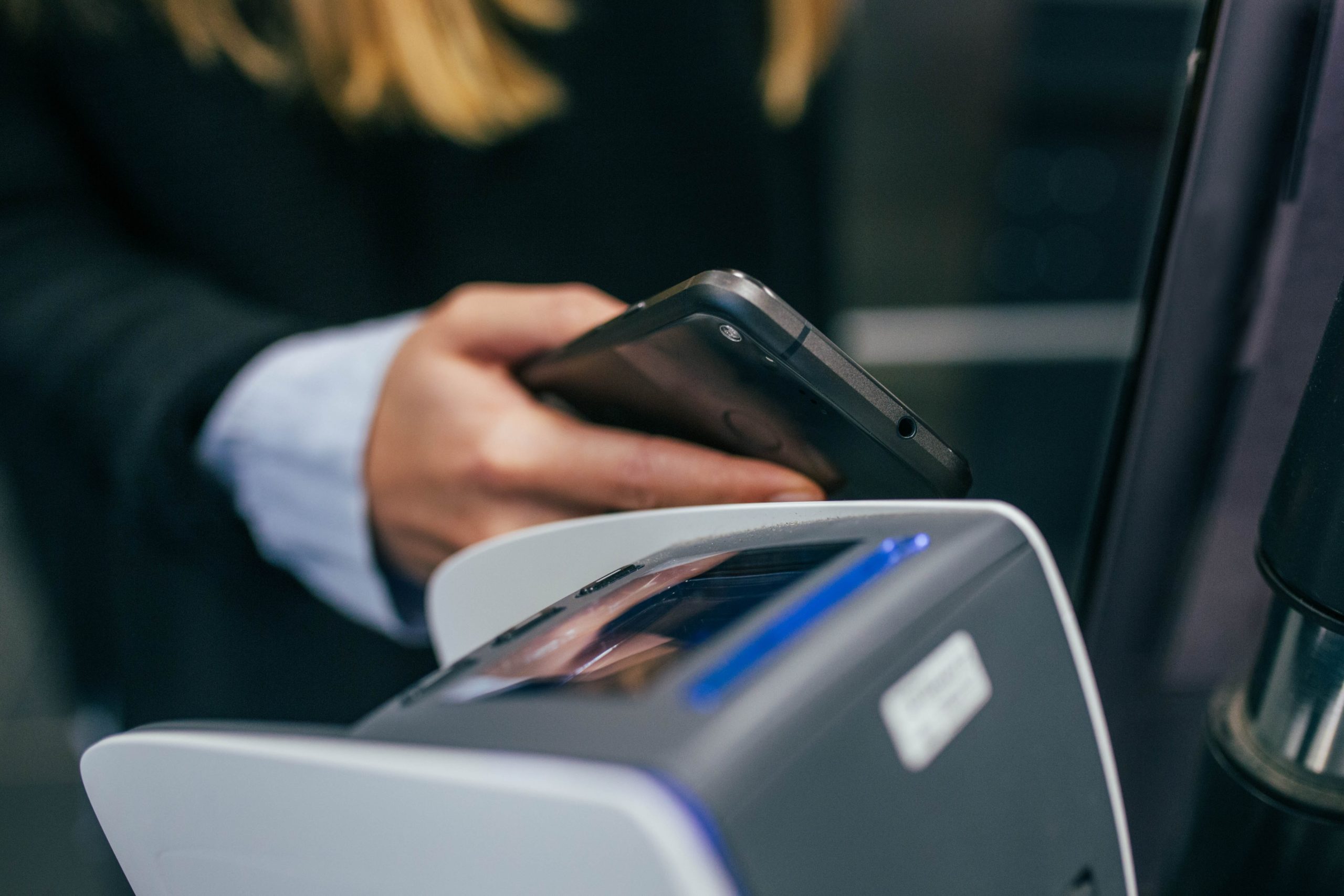Despite widespread mobile use and adoption in the U.S., the country has been relatively slow to replace plastic payment cards with mobile payments (m-payments). In fact, Americans use their Starbucks mobile payment service more than they use any other mobile wallet, including Apple Pay. Meanwhile, India, China, and Kenya have all built out vast m-payments infrastructures, wherein mobile payment is built into brick-and-mortar retail as well as messaging apps and ecommerce. To elucidate how this discrepancy came about (and what m-payments providers can do about it), NewtonX interviewed a senior manager with WhatsApp Payment (which recently went live in India), an executive with Kenya’s M-Pesa, and a former senior executive with Apple Business Chat (which allows Apple Pay to work in the iMessage experience). These experts gave insights and data into why America is so slow to adopt m-payment.
Kenya’s largest m-payments provider, M-Pesa 43 percent of Kenya’s GDP in transactions. In China, $12.8 trillion worth of m-payment transactions were processed in 2016, compared with a mere $49.3 billion the same year in the U.S. India likewise saw m-payment adoption skyrocket over the past few years: 41 percent of Indian Internet users reported using an m-payments service in the past month, as compared to just 27 percent of North American users.
The LeapFrog Effect: How other countries hopped right over plastic to mobile payments
The leapfrog effect describes when an economy allows for shortcuts in infrastructure building in relation to technological advances. An example of this phenomenon would be mobile adoption in third-world countries, where the move from PCs to mobile never occurred, and instead the population “leapfrogged” directly from analogue to mobile. Another example of the leapfrog effect is the use and adoption of solar energy in developing countries — populations that previously had limited energy infrastructure can leapfrog straight to solar power.
For m-payments, we’ve seen the leapfrog effect enacted to its extreme: in Kenya in particular, there are virtually no barriers to entry for m-payments. The service works directly over mobile phones, turning phone accounts into bank accounts for virtual currency, and then allows users to send money as they would send a text. Unlike American m-payment systems, users do not need to download an app or even own a smartphone to use virtual currency on the go. Vendors can accept m-payments by having users scan a QR code on a POS, or even just by printing a piece of paper with a QR code, which the shopper then scans.
In India, the national government even has its own payment app called Bhim, that was established in 2016 and supports all Indian banks, can be used on all Indian devices, and was created with the intent of driving the country towards cashierless transactions. India is also home to the wildly popular PayTM, which uses a QR code system to allow users to make bill/rent payments, buy movies, and complete in-store payments at grocery stores, clothing outlets, and pharmacies, among other places. Over seven million offline merchants across India use this QR code to accept payments directly into their bank accounts.
Finally, China’s AliPay and WeChat account for over 90 percent of transactions in China. Alipay became the world’s largest mobile payment platform in 2013, overtaking PayPal. The company provides payment services for almost half a million online and local Chinese businesses, including buses and trains (users can purchase tickets in the AliPay app), and 7-Eleven. Tencent’s WeChat is also hugely popular, with over 600M monthly active users. The service allows users to send money to contacts in WeChat, as well as to pay in-store, pay bills, and perform other m-payment services.
Each of these countries have large populations that skipped the cards era and jumped straight from cash to m-payments. This has allowed providers in these countries to build entire infrastructures based on m-payments.

